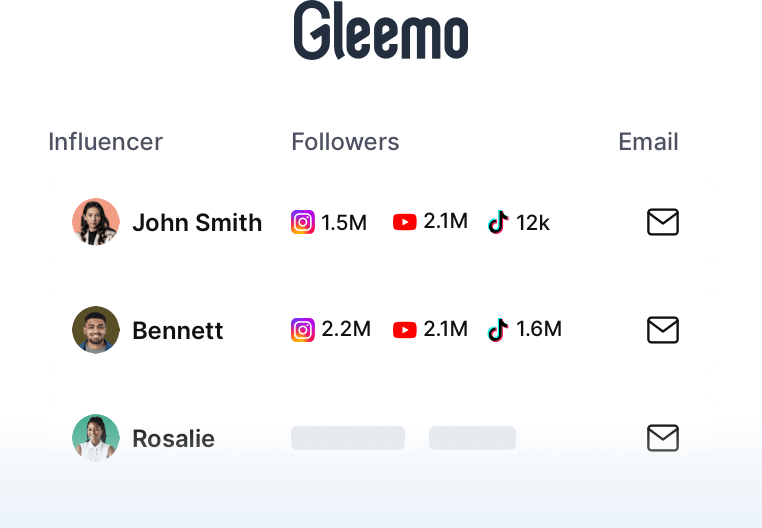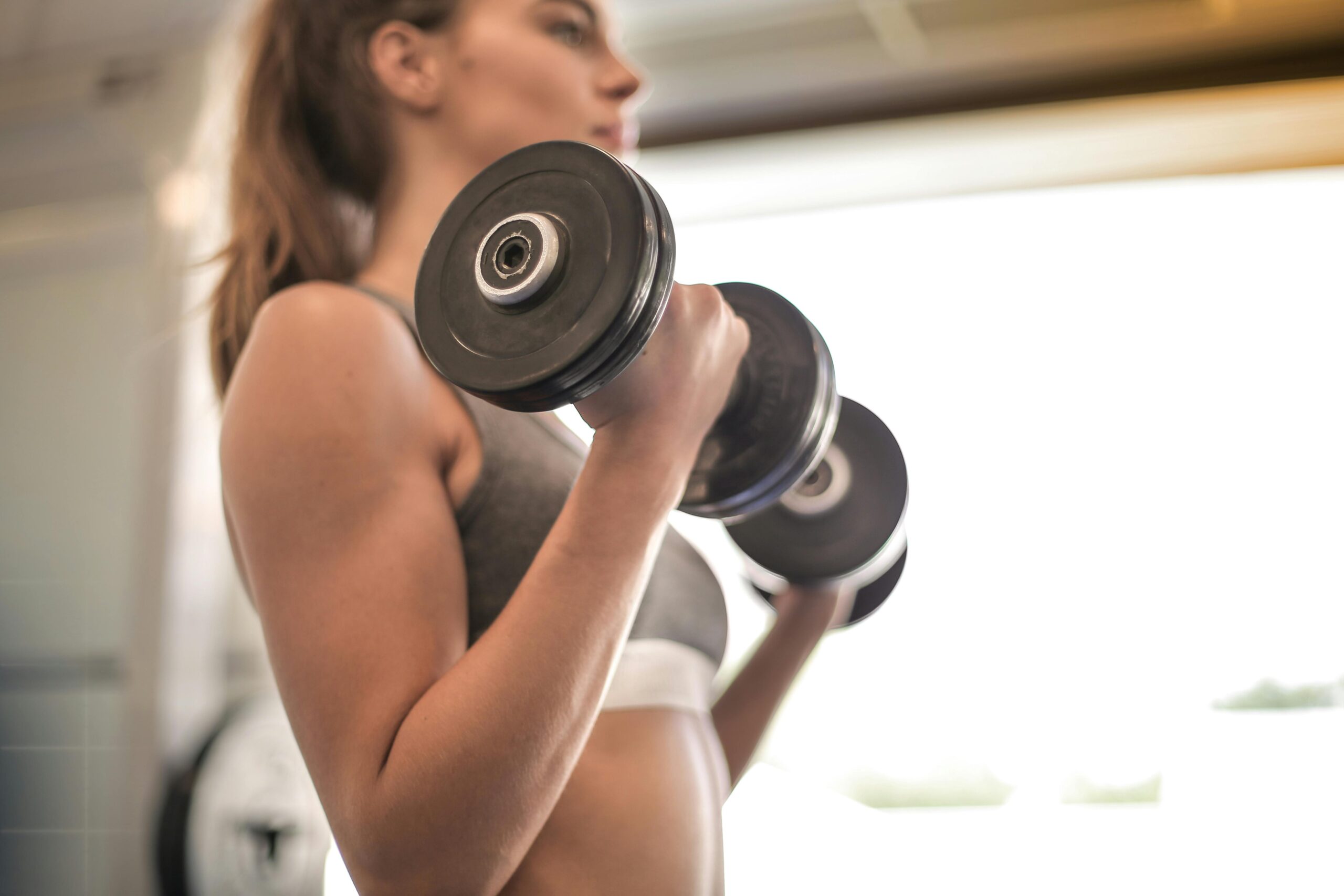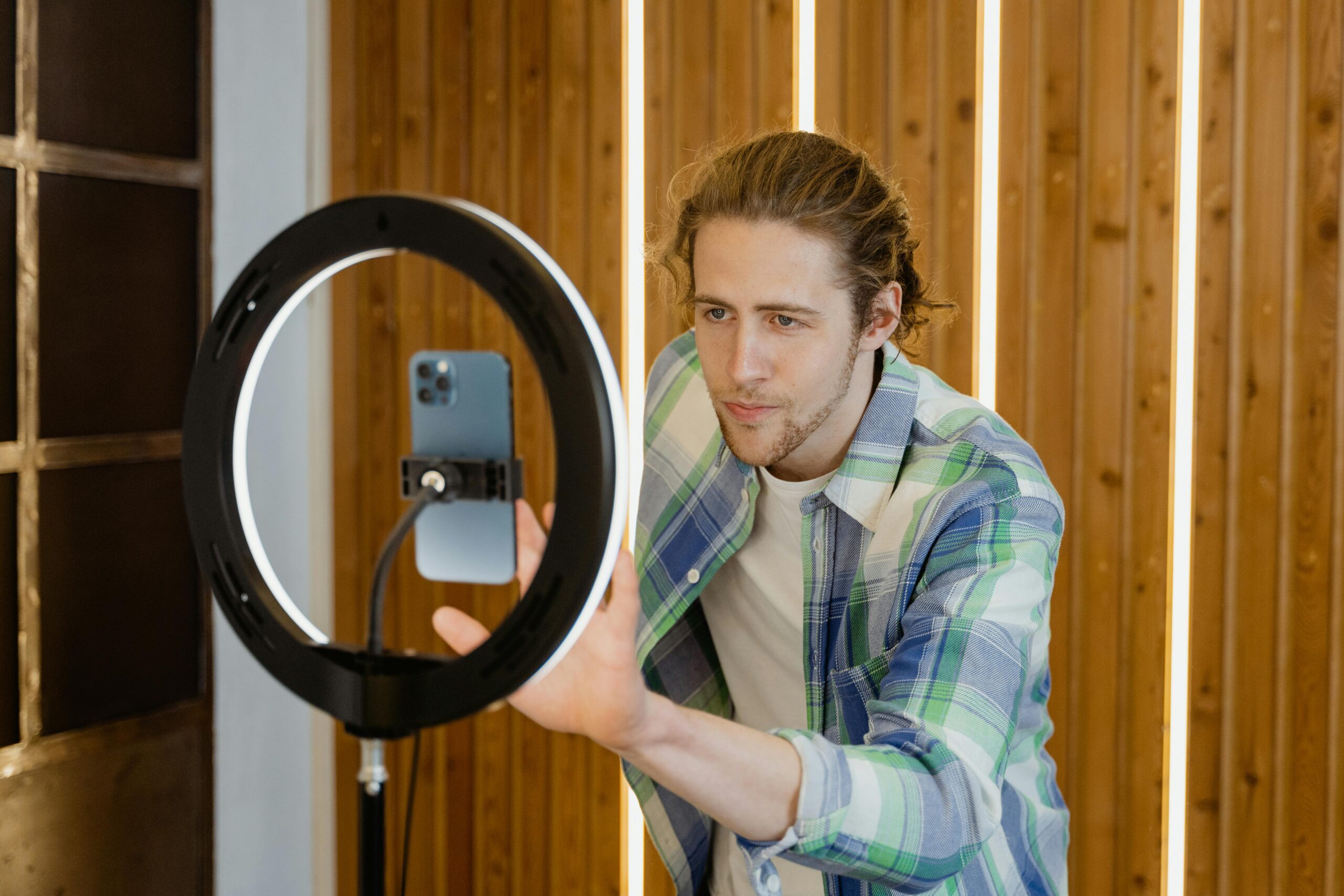The fitness industry is booming, with consumers increasingly turning to social media for workout inspiration, nutrition advice, and lifestyle guidance. At the heart of this shift are fitness influencers, who have become pivotal in shaping consumer behavior and brand perceptions. For businesses aiming to scale their reach, collaborating with top fitness influencers offers a unique opportunity to align with trusted voices in the industry. This article explores actionable strategies to harness their impact effectively while avoiding common pitfalls.
Understanding the Role of Fitness Influencers in Marketing
Fitness influencers are trusted authorities who bridge the gap between brands and health-conscious audiences. Unlike traditional advertising, their content resonates through authenticity and relatability. For example, Instagram fitness influencers like Kayla Itsines and Simeon Panda have built communities of millions by sharing workout routines, nutrition tips, and personal fitness journeys.
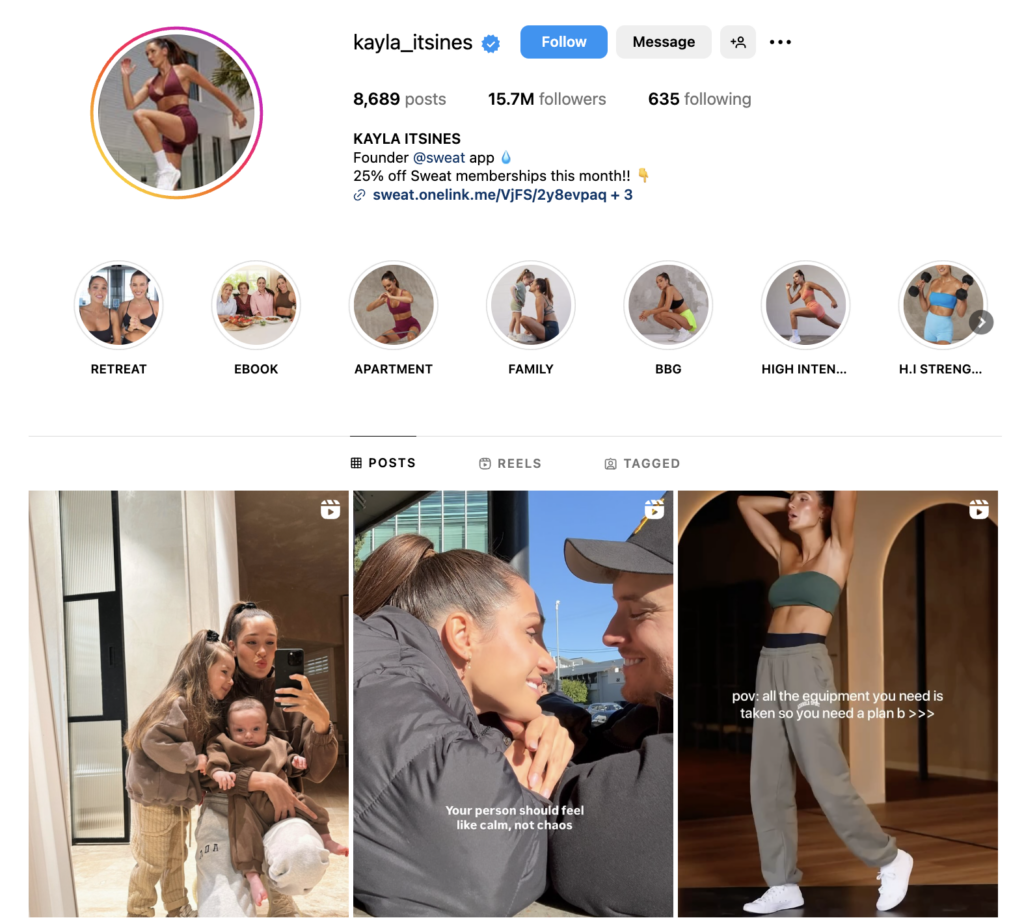
These influencers operate across platforms, including YouTube, TikTok, and blogs, creating diverse content formats such as tutorials, product reviews, and live workouts. Their impact stems from three key factors:
- Credibility: Audiences perceive them as genuine experts.
- Engagement: High interaction rates (likes, comments, shares) foster loyalty.
- Niche Targeting: They cater to specific demographics, such as female fitness influencers focusing on postpartum wellness or male fitness influencers emphasizing strength training.
- Multi-Platform Reach: From Instagram Reels to long-form YouTube videos, influencers adapt content to platform-specific audiences.
For brands, this translates to access to highly engaged, targeted demographics. For example, top fitness influencers on TikTok can spark viral trends, while Instagram creators drive aspirational lifestyle branding.
Using Fitness Influencers to Boost Your Brand
Next we’ll dive into actionable strategies for leveraging the influence of fitness webmasters, whether they’re top fitness influencers with millions of followers or micro-influencers with highly targeted communities.
1. Identifying the Right Fitness Influencer for Your Brand
Selecting the ideal fitness influencer is not about chasing the largest follower count—it’s about aligning values, audience demographics, and content style with your brand’s goals.
Define Your Campaign Objectives
Start by clarifying what you want to achieve. Goals shape influencer selection:
- Awareness: Partner with top fitness influencers with broad reach (500K+ followers) to maximize visibility.
- Conversions: Collaborate with micro-influencers (10K–100K followers) who drive higher engagement and niche targeting.
- Brand Authority: Work with certified trainers or athletes (e.g., female fitness influencers with NASM credentials) to bolster credibility.
Niche Relevance
Align with influencers whose expertise matches your product. A yoga apparel brand would benefit from partnering with a yoga instructor, while a supplement company might collaborate with a nutrition expert. For instance, famous fitness influencers like Kayla Itsines (known for HIIT workouts) have successfully partnered with activewear brands.
Audience Demographics
Use tools like Gleemo to analyze an influencer’s audience age, location, and interests. If your target market is women aged 25–34, partnering with female fitness influencers who cater to this demographic ensures better ROI.
Engagement Over Followers
Micro-influencers (10k–100k followers) often outperform macro-influencers in engagement rates. Their smaller, niche audiences are more likely to trust their recommendations. For example, a local gym might partner with a micro-influencer to promote membership deals, resulting in higher conversion rates.
Platform-Specific Strategies
Instagram and TikTok are ideal for short-form video content, while YouTube suits long-form tutorials. Align your influencer partnerships with the platforms where your audience is most active.
2. Building Authentic Partnerships with Influencers
Authenticity is non-negotiable. Audiences quickly spot forced promotions, so prioritize influencers who genuinely resonate with your product. Steps to foster trust:
- Transparency: Clearly outline campaign expectations, including FTC-compliant disclosures (e.g., #ad).
- Creative Freedom: Allow influencers to integrate your product into their unique storytelling style.
- Long-Term Relationships: Instead of one-off posts, consider ongoing collaborations to build credibility.
Athletic apparel brand Gymshark excels here, partnering long-term with influencers like Whitney Simmons to co-create products and campaigns.
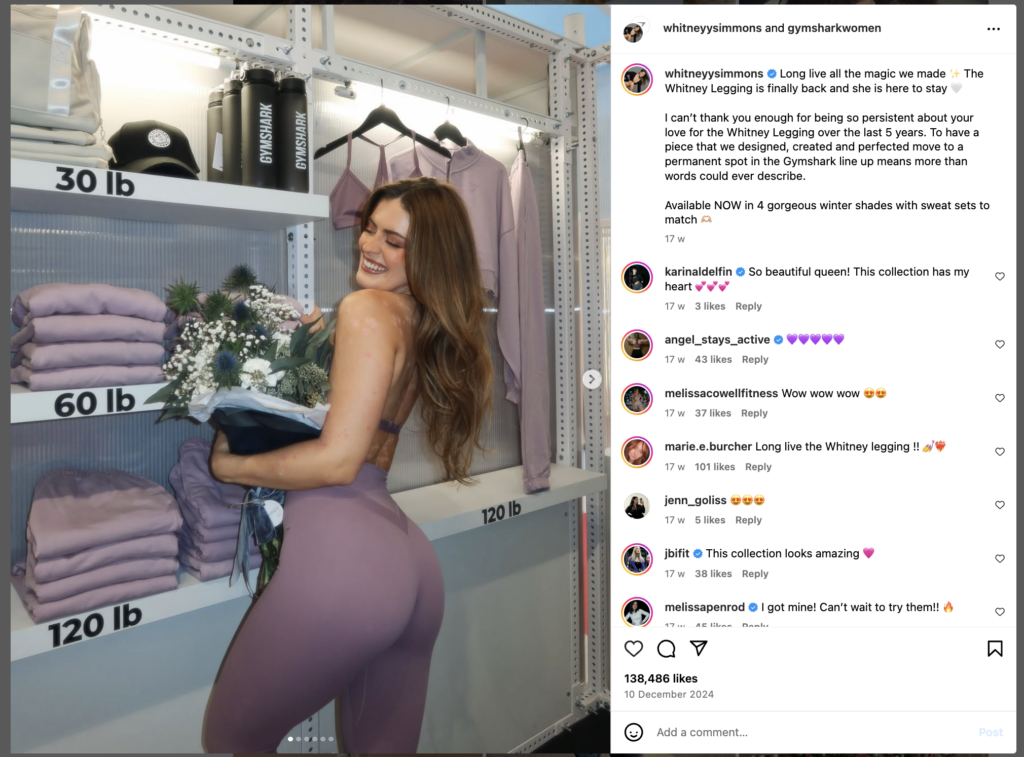
3. Utilizing Fitness Influencers to Promote Brand Values
Modern consumers support brands that reflect their values. Use influencers to highlight your commitment to sustainability, inclusivity, or mental health. For instance:
- Body Positivity: Collaborate with female fitness influencers like Danae Mercer, who advocates for self-love.
- Inclusivity: Partner with adaptive athletes or influencers from diverse backgrounds.
- Sustainability: Showcase eco-friendly products with creators focused on ethical living.
These partnerships not only boost visibility but also reinforce your brand’s mission.
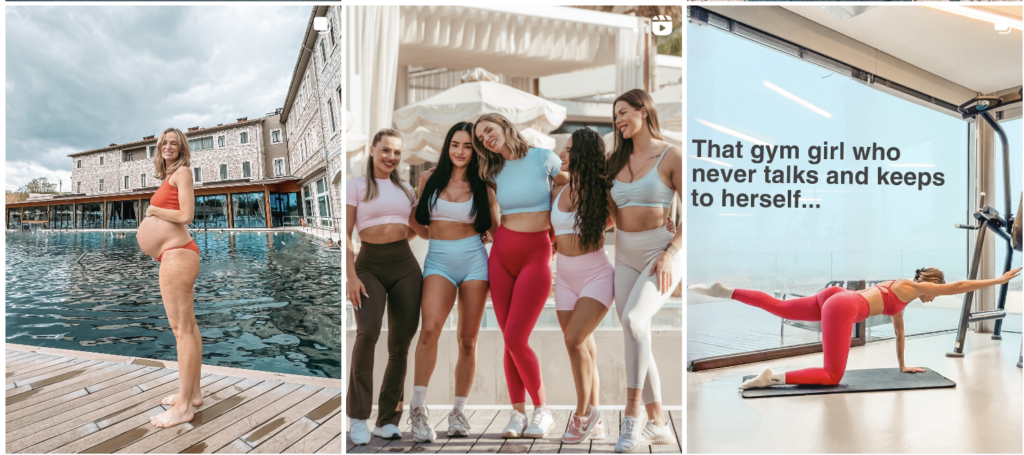
4. Driving Engagement Through Fitness Challenges and Content
To stand out in a saturated fitness market, brands must innovate with challenges and content that inspire participation, foster community, and reinforce brand loyalty. Here’s how to structure them:
30-Day Challenges
Create a hashtag-driven campaign (e.g., #GleemoFitChallenge) where followers post daily progress. Offer prizes like free products or discounts to incentivize participation.
Live Workouts and Q&A Sessions
Host real-time sessions with influencers to demonstrate product use. For example, a yoga mat brand could sponsor a live flow session with a top fitness influencer.
User-Generated Content (UGC)
Repost follower testimonials or transformation stories. UGC not only boosts engagement but also serves as authentic social proof.
5. Measuring ROI of Fitness Influencer Collaborations
Measuring the return on investment (ROI) of fitness influencer campaigns is essential for assessing their effectiveness. Key metrics include website traffic, engagement rates, conversion rates, and sales attributed to influencer campaigns. To evaluate campaign success, track these metrics:
| Metric | Tool/Method | Purpose |
|---|---|---|
| Engagement Rate | Instagram Insights, TikTok Analytics | Measure likes, comments, shares |
| Website Traffic | Google Analytics (UTM parameters) | Track clicks from influencer links |
| Sales Conversions | Promo codes, affiliate links | Directly attribute revenue |
| Brand Awareness | Social listening tools | Monitor mentions and follower growth |
👉 Pro Tip: Platforms like Gleemo simplify ROI tracking by aggregating data across campaigns and providing actionable insights.
6. Avoiding Common Pitfalls in Fitness Influencer Campaigns
Even well-planned campaigns can stumble. Avoid these mistakes:
- Overly Scripted Content: Let influencers retain their authentic voice. Followers can spot forced endorsements, which may harm credibility.
- Ignoring Compliance Guidelines: Ensure influencers disclose partnerships with #ad or #sponsored to comply with FTC regulations.
- Neglecting Micro-Influencers: Smaller creators often deliver higher engagement and niche targeting. Don’t overlook their potential.
7. Long-Term Benefits of Collaborating with Fitness Influencers
While short-term campaigns drive immediate engagement, strategic, long-term partnerships with fitness influencers unlock compounding advantages that solidify brand authority, foster loyalty, and fuel sustainable growth.
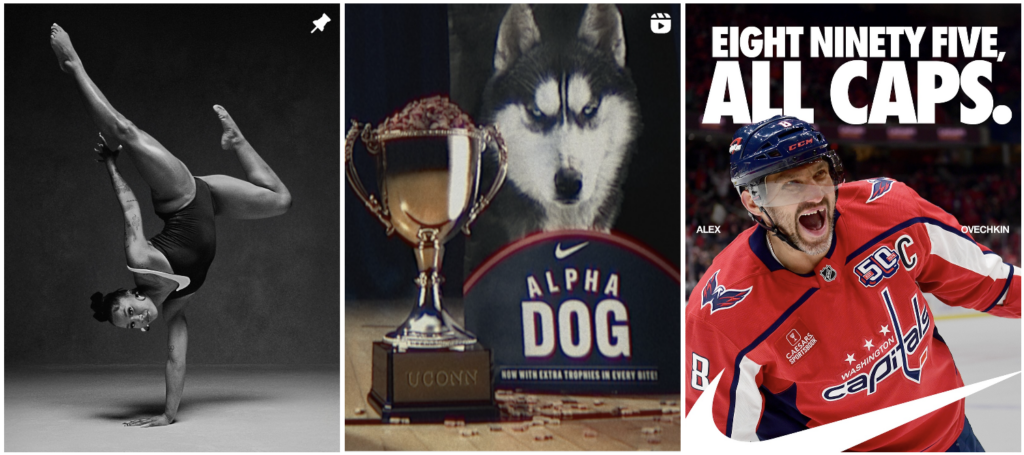
- Brand Loyalty: Followers who trust an influencer often transfer that trust to your brand.
- Content Repurposing: High-quality influencer content can be reused in ads, emails, or social posts.
- Market Insights: Influencers provide direct feedback from their audience, informing product development.
Nike’s decade-long partnerships with athletes like Serena Williams demonstrate how sustained collaborations cement brand authority.
Simplify Your Influencer Marketing with Gleemo
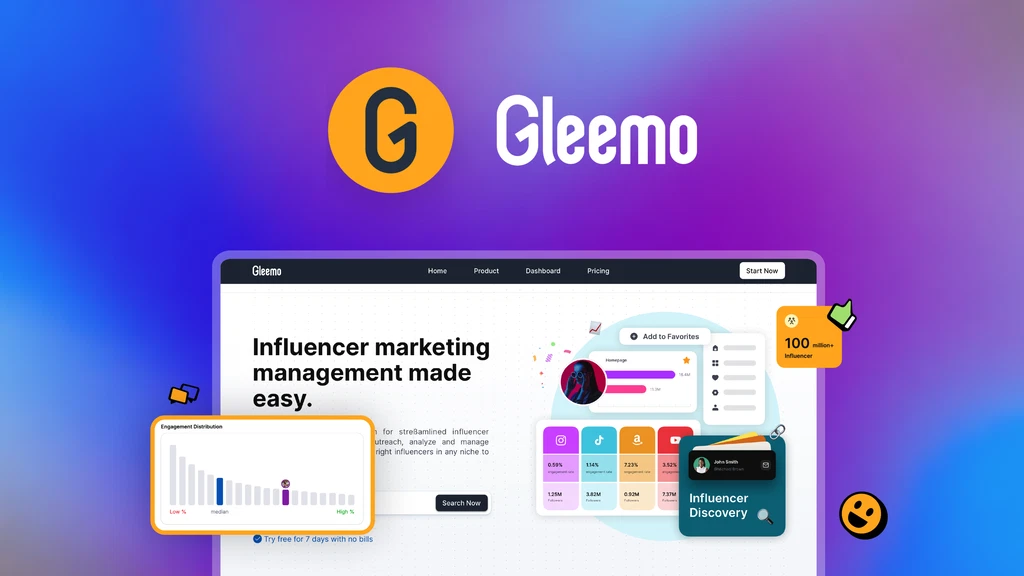
Fitness influencers are not just trendsetters—they’re strategic partners capable of elevating your brand’s visibility and credibility. By focusing on authentic collaborations, data-driven strategies, and tools like Gleemo, businesses can unlock long-term growth in the competitive fitness industry. Whether you’re targeting Instagram fitness influencers or niche micro-influencers, the key lies in aligning with creators who genuinely resonate with your brand’s values and audience. Start small, measure rigorously, and scale your efforts to transform your marketing outcomes.
Ready to transform your influencer marketing strategy? Start your free Gleemo trial today!
Frequently Asked Questions
1. How do I find the best fitness influencers for my brand?
Use data-driven tools like Gleemo to filter influencers by audience demographics, engagement rates, and content relevance. Focus on creators whose values align with your brand—whether they’re female fitness influencers promoting body positivity or male fitness influencers specializing in strength training. Micro-influencers (10k–100k followers) often offer higher engagement at a lower cost.
2. How can I ensure authenticity in influencer campaigns?
Avoid overly scripted content. Let influencers showcase your product organically—for example, using your protein powder in their morning smoothie or wearing your activewear during a workout. Audiences value genuine recommendations over forced ads.
3. Are micro-influencers better than famous fitness influencers?
It depends on your goals. Famous fitness influencers like Kayla Itsines deliver broad reach, while micro-influencers often drive higher engagement and niche targeting. For example, a yoga mat brand might partner with micro-influencers in the wellness space for targeted appeal.
4. How do I handle negative feedback during a campaign?
Plan ahead. Include crisis management clauses in contracts, and monitor comments closely. If criticism arises, respond professionally and consider collaborating with the influencer to address concerns transparently.
5. Can Instagram fitness influencers help sell physical products?
Yes. Use Instagram’s shoppable posts or Stories stickers to link directly to product pages. Influencers can demo items in action—for instance, showcasing the durability of your running shoes during a high-intensity workout.
6. What are the long-term benefits of influencer partnerships?
Beyond immediate sales, sustained collaborations build brand loyalty and credibility. For example, partnering with female fitness influencers who advocate for sustainability can position your brand as a leader in ethical activewear.
